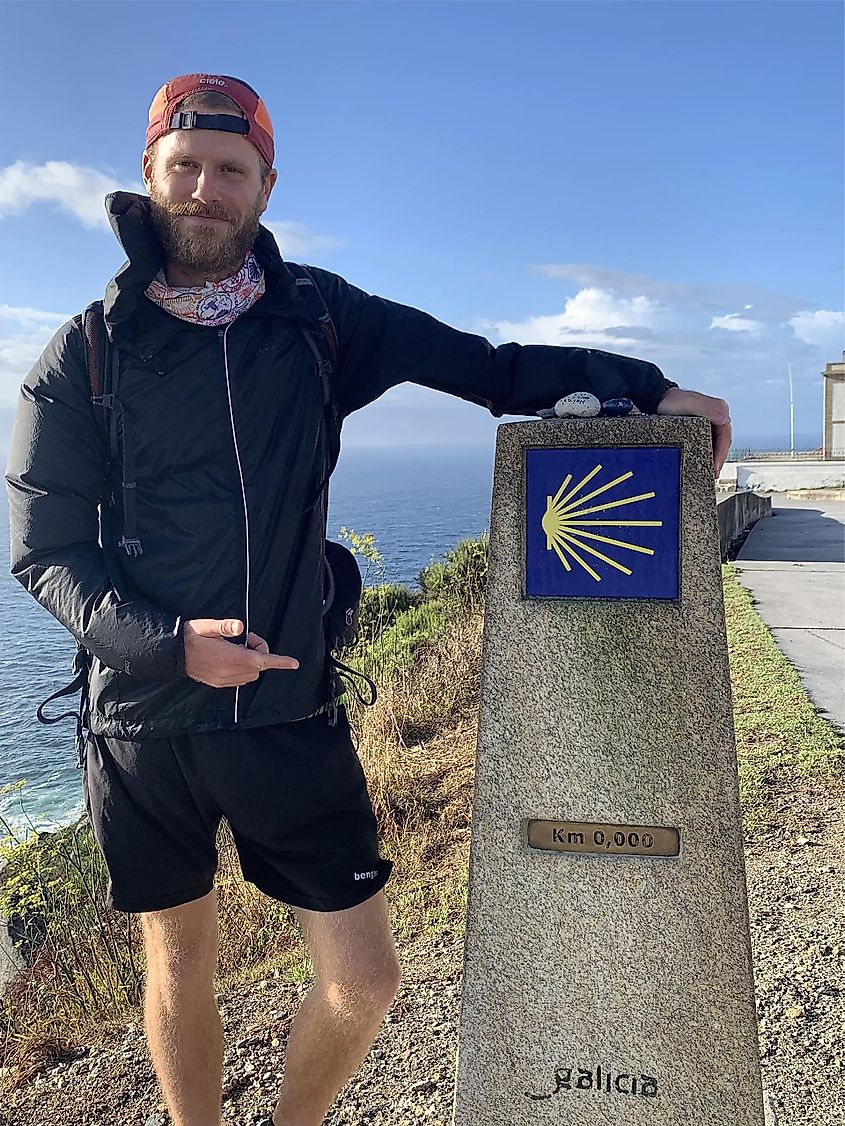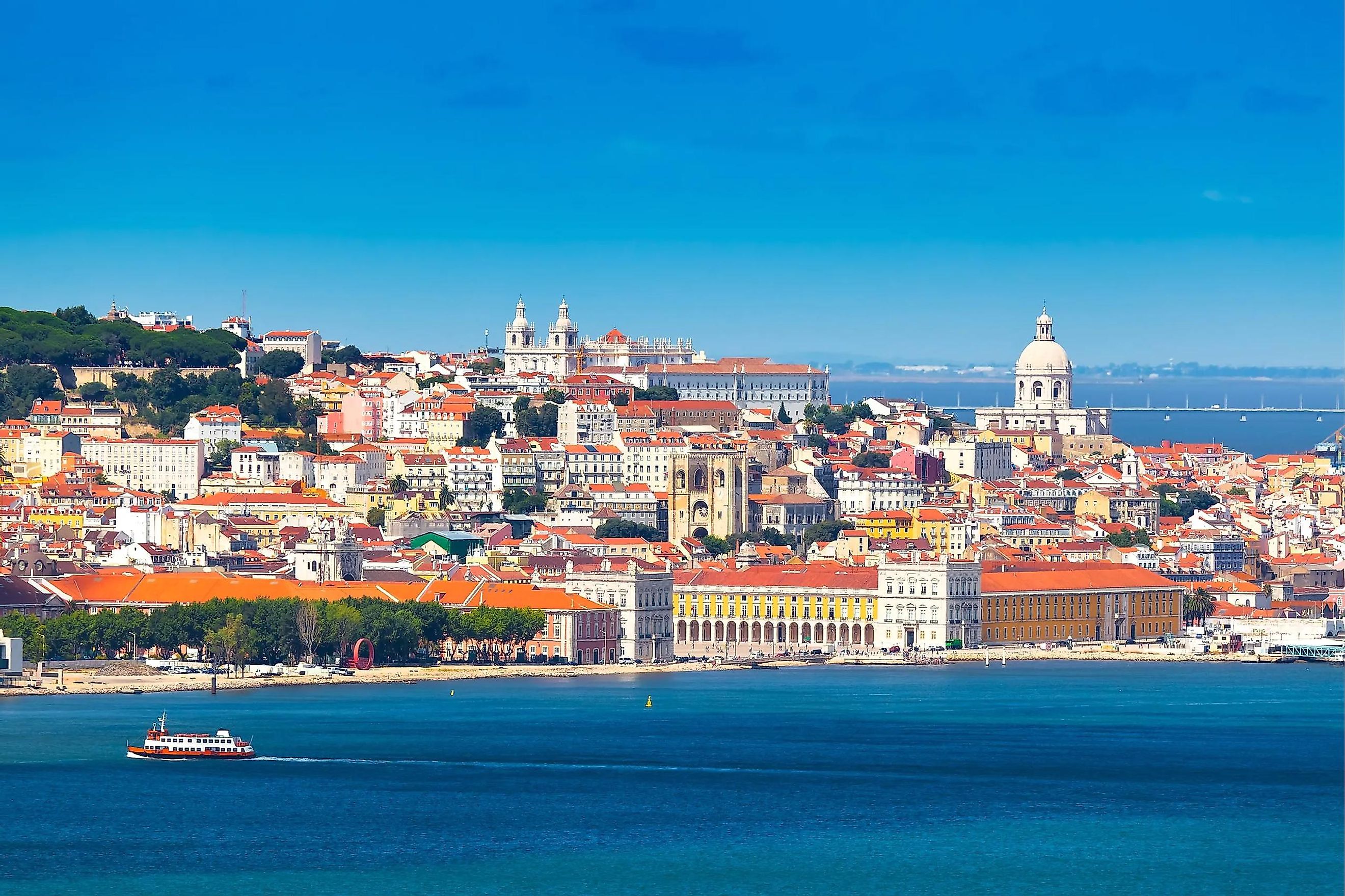
Bom Caminho I: Starting A Walk Across Portugal
August of 2022 marked the end of a long trail-running season, the one-year anniversary of my nomadic and spontaneous globe-trotting tour, and the beginning of my 34th year on this planet. As such, I wanted to commemorate these occasions with a pilgrimage on the Camino de Santiago. A month spent walking on this scenic, spiritual, and communal path would be a welcomed active-recovery for both body and soul. Throughout the journey, I strolled in solidarity with countless other peregrinos (pilgrims) from all walks of life. If you have ever partaken in this baptism-by-blisters, or yearn to do so "one day," then I hope you enjoy following along with my (mis)adventures.
The Plan, or Lack Thereof
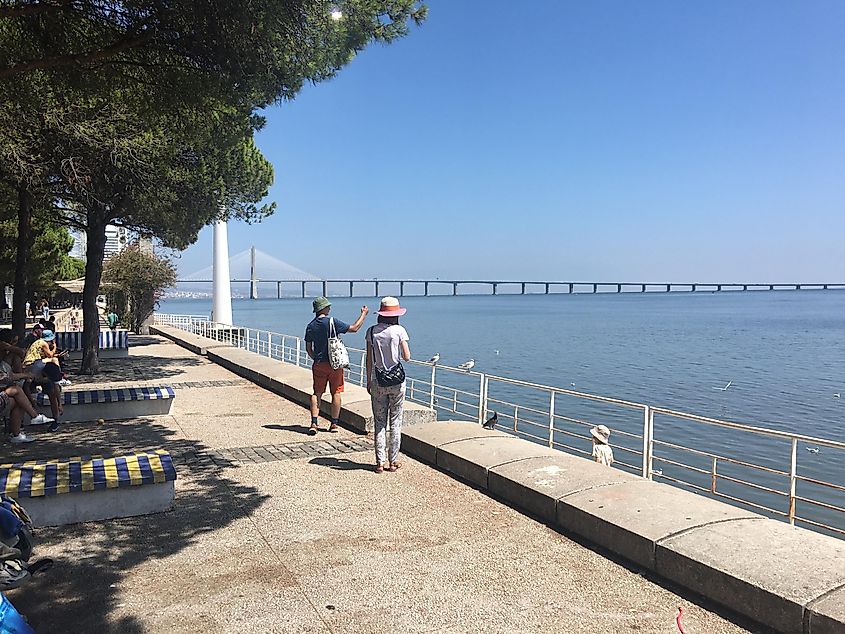
The inspiration to walk the Camino arrived in a familiar form - a random whim that struck ardently, and with short notice. I had heard, read, and seen videos about the intriguing pilgrimage in the past, so all that was left to do was consult with my girlfriend/travel-buddy about a way to make it happen.
We determined that I would walk the entirety of the Camino Portugués, and that we would meet somewhere, a couple weeks and several hundred kilometers down the line, to walk the Coastal Way together. This would give me a chance to complete a more physically-intensive and introspective section early on, and then end with a shared, light-hearted approach. This was about the extent of my planning. I assumed that the trail was indeed "well-marked," and that was good enough for me.
I booked a one-way flight to Lisbon and boarded with nothing but an 18L backpack full of some books, running clothes, and a pocket full of bright-eyed zeal.
All Roads Lead To?
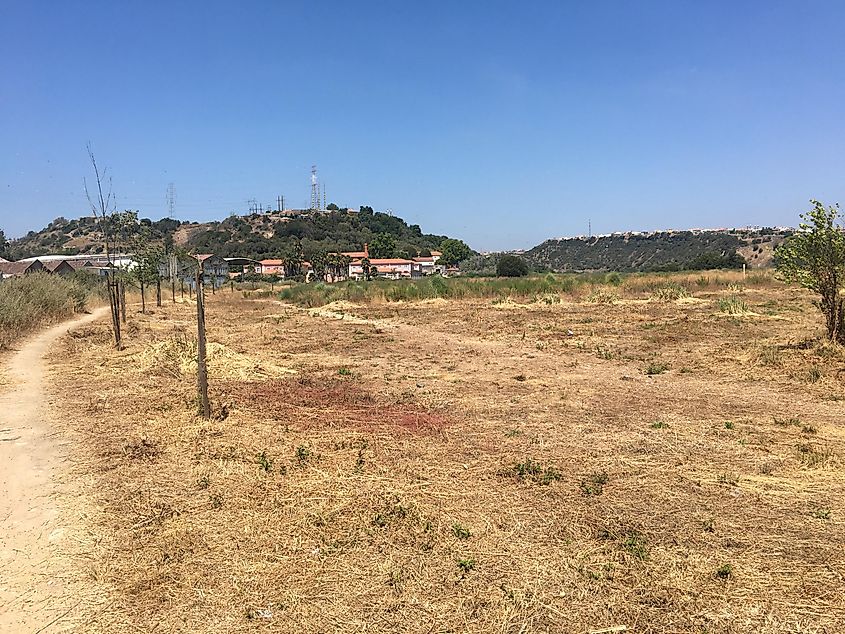
So how long is the Camino Portugués anyway? Well, this depends which combination of routes you take, where you start from, and where you end up. From Lisbon to the classic endpoint in Santiago de Compostela, Spain, the central route of the Camino Portugués is about 620 kilometers, or 385 miles.
However, some pilgrims start further South, in Faro, Portugal, and connect to the main trail just North of Lisbon. A few days after leaving the capital, you can opt to sidetrack to Fátima, another revered Christian site, before regaining the main trail. Upon reaching Porto, some take the Coastal Route (which itself has several intertwining variations), while others stick to the original path.
Finally, some keen peregrinos continue on after Santiago de Compostela to the fishing village of Fisterra, Spain (aka "The End of the World"), the sister town of Muxía, or both. In my case, I started in Lisbon, passed through Fátima, criss-crossed a few versions of the Coastal Way, and finished in Fisterra - altogether covering roughly 750-kilometers (466-miles).
So It Begins
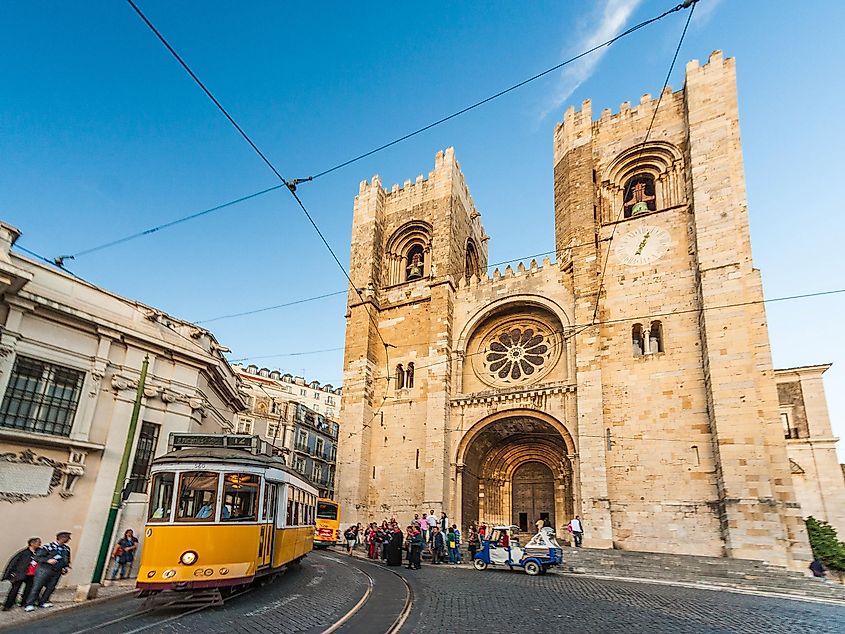
There are more pros than there are cons to the “winging-it” method of travel. But ultimately, the mishaps make for better stories. Here is one such tale…
All great adventures begin with a delayed flight; my story was no different. Though I arrived in Lisbon rather late, I still woke up early the next morning (thanks to the two hour time-change), oozing with anticipation. The first thing I did was head into the Old Town to find the official start: Sé de Lisboa (The Cathedral of Saint Mary Major). I walked to the subway, walked some more to get to the cathedral, learned the church didn't open for another hour, and so continued walking still further, aimlessly looking for an ATM and a place to eat.
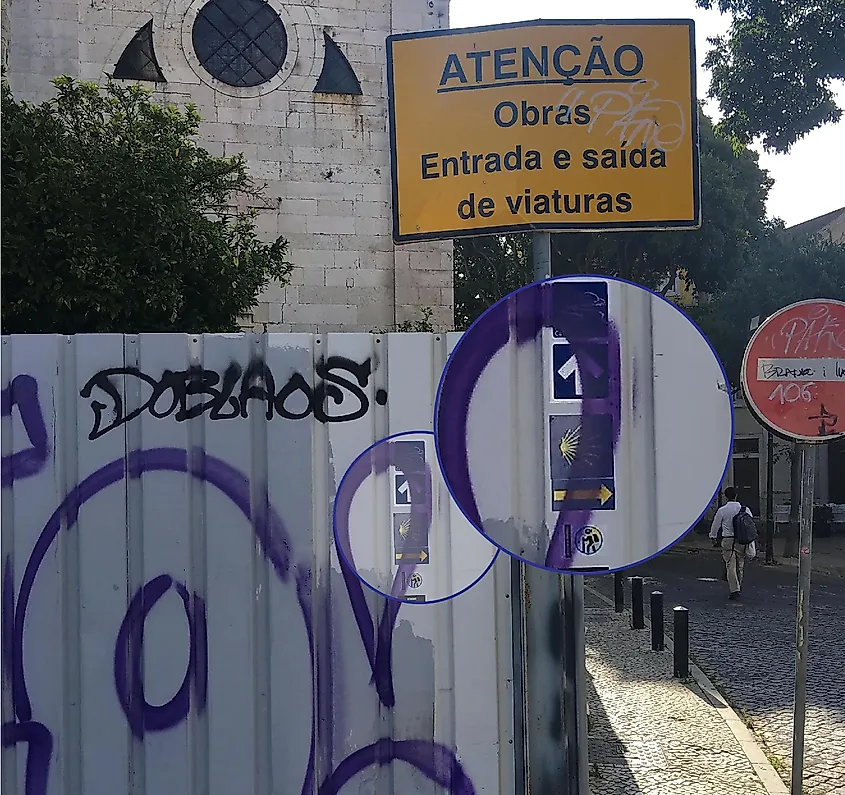
Looking back, it was tempting to stay longer at the Lisbon Cathedral. After all, it is the oldest church in the city (construction began in 1147). It is a cherished landmark for pious visitors, and the enormous interior had that ineffable, shallow-breath-inducing presence that ancient temples always seem to have. Nonetheless, it was getting late in the morning, and I was itching to take my first steps on the actual Camino. The only problem was, I couldn't find the first marker. A full lap around the cathedral failed to reveal the expected yellow arrow. It took a kind Samaritan to finally point out the holy beacon. To my surprise, it was on a temporary construction wall, obscured by graffiti. This seemed to portend trouble for my no-map, no-guidebook, and no-internet-having strategy. But I was still fresh-faced and resolute, so off I strolled through the capital's narrow, shop-lined cobblestone streets, along the shimmering waterfront, and out into the countryside.
Camino Markings
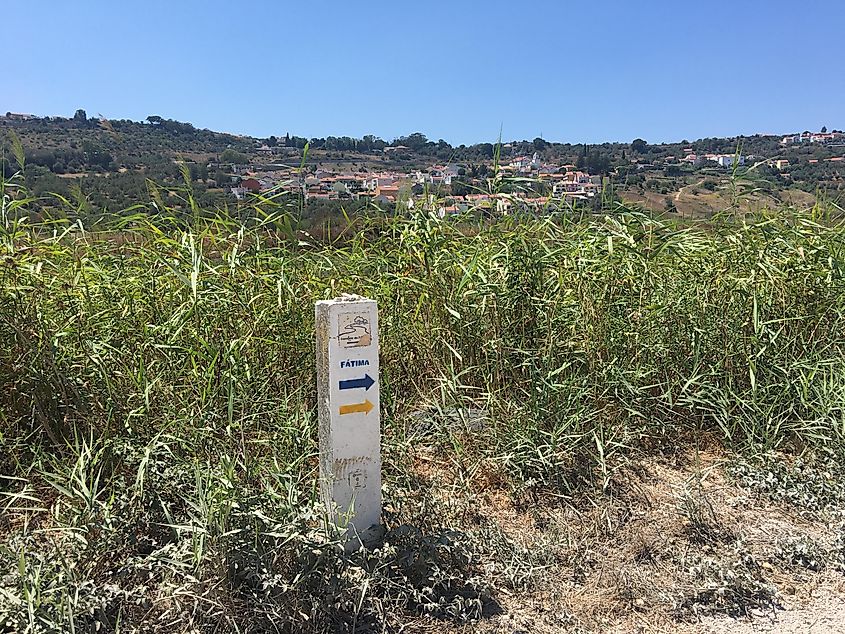
Some Camino de Santiago routes are better marked than others. The more popular the section, the more arrows and seashell logos will appear. These compases may take the form of an official sign on a specially placed post, or a sticker next to a shop, or they may simply be spray-painted on a telephone pole, rock, or in some other random place. Keep a sharp eye and pause/backtrack if one doesn't appear for a while. Obviously, maps, apps, blogs, and guidebooks can help greatly when the arrows become elusive or ambiguous. Pilgrims tend to deploy different methods based on their comfort level. I started the Camino Portugués with nothing but a strategy to follow the markings, and to ask strangers for help if I got lost. This turned out to be a short-lived pipe-dream.
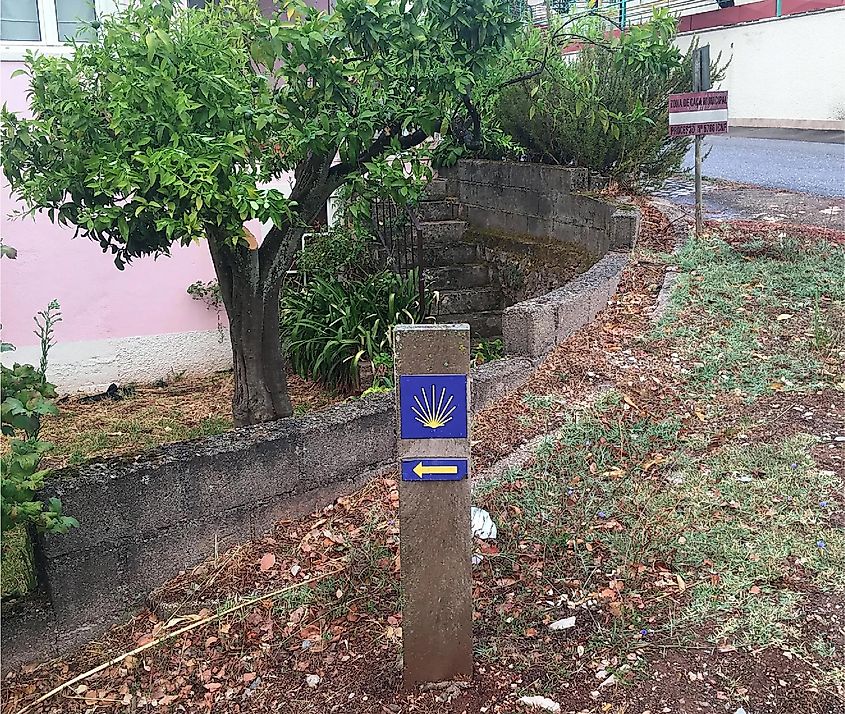
Though the setting was perfect, my first day was ultimately a trial-by-fire. I probably walked well-over forty sun-scorched kilometers, but only advanced up the Camino by about thirty. This was because of a combination of my early morning antics, a few missteps/backtracks en route, and a final circular slog, looking for a place to sleep. For some misguided reason, I thought there was an Albergue (i.e. an inexpensive dorm specifically designated for pilgrims) in the city of Alverca. There was not. So as dark set in, I was forced to buy a SIM card so that I could get online and figure out what to do.
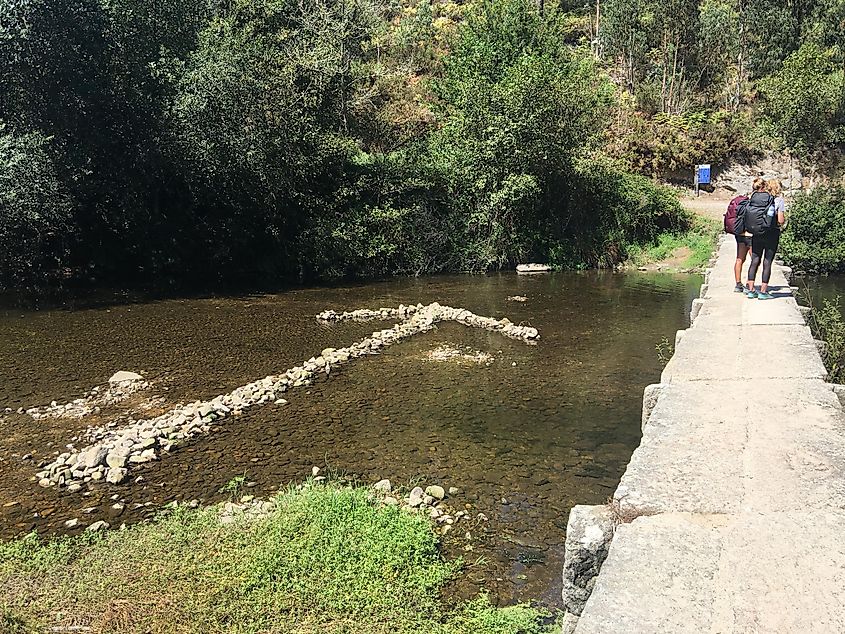
While I licked my wounds in a mall food court, I tried to concoct a plan that would be appropriate for my current location and level of exhaustion. I saw that there were two hotels somewhat nearby, but I would have had to cross a bizarre labyrinth of highways. Plus, I really didn't want to spend my first night on the Camino in a regular hotel. Desperate as I was, it just felt wrong. Instead, I attempted to stealth-camp in the central park. Unfortunately, the bugs and goose poo were not on my side. Also, young kids in Europe stay up until midnight. It's wild. So at about 10pm, a small lad discovered my thinly-veiled hiding place and began excitatory vocalizations. I couldn't understand what he was saying, but I got the gist. I quickly got out of there (forgot my headlamp and had to awkwardly go back for it) and then walked on through the city, with absolutely no idea where to rest my weary bones. I continued on the secondary road until I saw a collection of bushes behind a gas station. I crept through the shadows, crawled in, and slept in short, sporadic chucks, until the heavenly light of the second morning.
Sleeping on the Camino
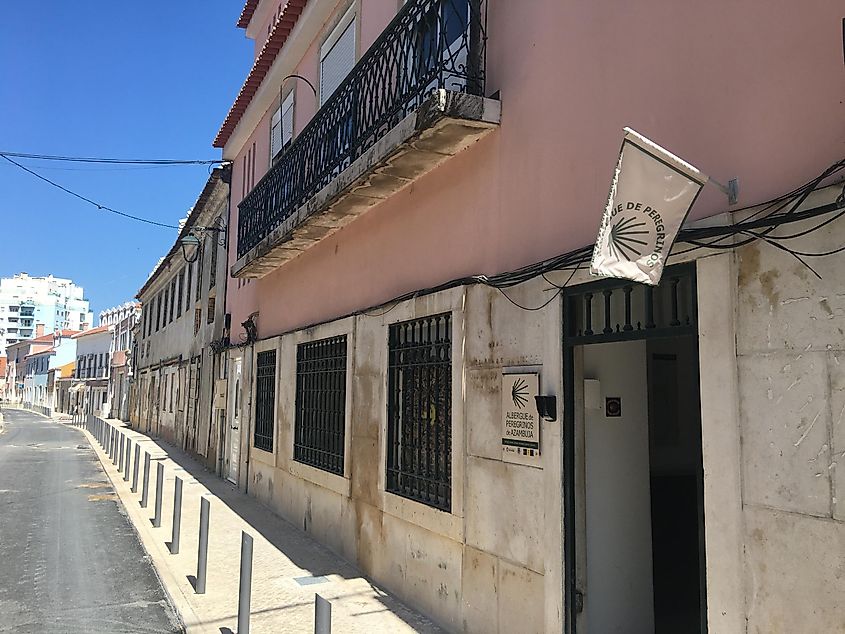
Depending on your budget and walking schedule, there are a variety of options for sleeping on the Camino de Santiago. Many towns (and all cities) along the way have Albergues. Some of these no-frills hostels take advanced reservations, while others are first-come, first-serve. The only consistent criteria is showing your stamp credentials, in order to prove a legitimate journey (so don't forget to pick one up before setting off). Throughout the Camino Portugués (as of 2022), a bed in one of these dorms cost between 8 and 17 Euros. Many new Albergues had popped up in just the last year or two, so don't take those older blogs and guidebooks as gospel.
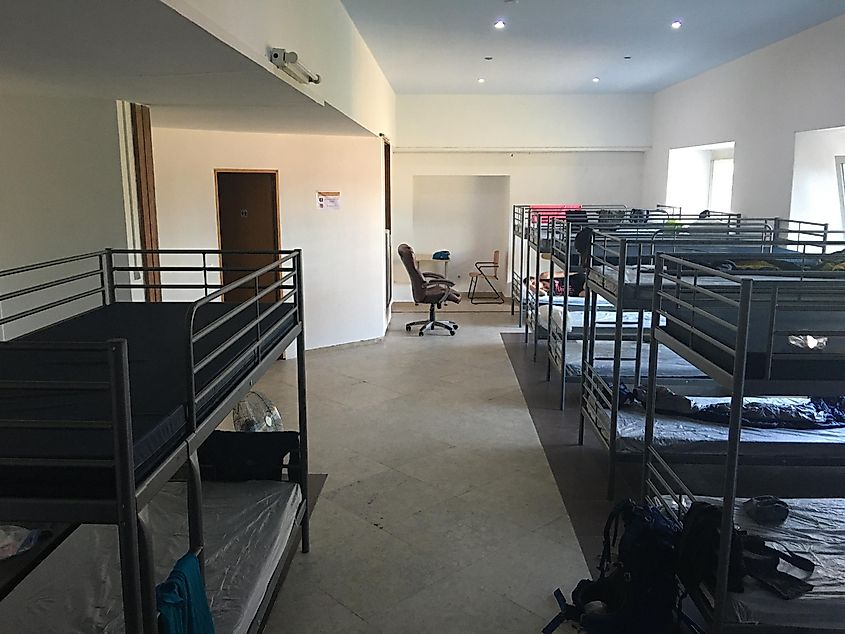
If sleeping with scores of snoring strangers isn't your thing, hotels, guesthouses, and AirBnBs are other viable options. However, this approach will require strategizing your mileage, since some of the less-traveled Caminos go long stretches without reaching substantial settlements. On the other end of the spectrum, camping is permitted on the Camino (generally speaking). If you're at the end of your rope, or simply an outdoor enthusiast, then give it a go. It doesn't appear to be a common practice, but fields, beaches, and even basic park shelters make good sites for pitching a tent (if you have the foresight to bring one). Based on my quirky experiences, I recommend at least packing an emergency blanket, especially if you skimp on formal planning.
On the next leg of the journey, I discover The Rhythm of the Portuguese Way.
Bom Caminho!
